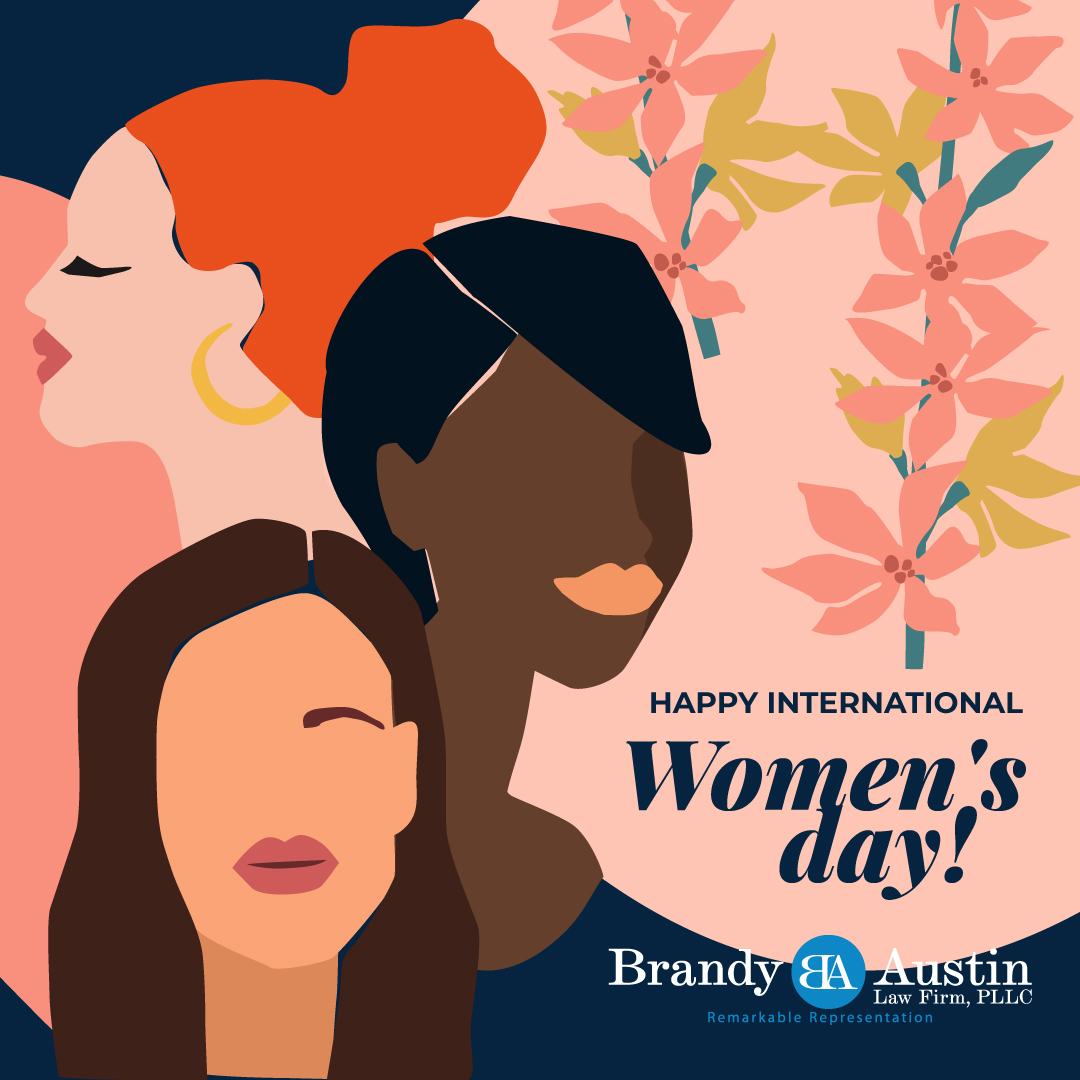
The first is performance bias. Performance bias is based on a gender’s perceived ability to perform. For example, we typically underestimate women’s performance and overestimates men’s performance. In the hiring, this leads to women being hired based on past accomplishments, whereas men we hire based on future potential. As stated above, a lot this bias is implicit. Countless research shows that by replacing a women’s name with a man’s name, the applicant is 60% more likely to be hired, which leads to missed opportunities for women. This gap becomes more pronounced when the hiring criteria is more unclear. So, if women are not getting hired because of implicit biases attributed to gender, then these missed opportunities can hurt them in the long run if they do not have the past accomplishments that might help them get hired somewhere else.
The next type of bias women face in the workplace is attribution bias. Attribution bias stems from performance bias, so because we think women are less competent, we usually attribute success to males over women or women’s contributions seem less valuable. For example, Dr. Martha Foschi published a study that evaluated this claim. She found that even when the level of achievement was the same, women were held at a stricter standard of competence than men. In practice, this means women will receive more blame for failure and less credit for success. Also, because we implicitly treat women’s accomplishments less valuably, women are more likely to be talked over in group discussions (by both men and women) and less likely to be promoted.
Likeability bias, which stems from our affinity to one person over another, also hinders women’s ability to be promoted. If a woman is assertive, then she is seeing much more negatively than if a male counterpart would do the same. This is because social norms have conditioned us to view men as assertive and as leaders and women as caring and communal. On the flip side, women pay a penalty for being too likable. If a woman is nice and agreeable, she could be viewed as less competent. If a woman is too much of one of these things, assertive or kind, then she is less likely to be promoted because she lacks likeability needed to be promoted. This forces women into a balancing act, where they try to be both assertive and kind.
Women also face maternal bias, which is the strongest kind of gender bias. This occurs prior to and once a woman has children. Once a woman has children, she is perceived as less serious about their careers because they are more focused on their family. We are also more likely to penalize them because we attribute their shortcoming to their lack of dedication to their job. This also happens prior motherhood. Some women choose their career path ad aspirations to fit their family even before they have one. For example, in Sheryl Sandberg’s book Lean In, she writes of a young employee at the company in which she managed asking Ms. Sandberg how she balanced it all: a career, a marriage, and children. The young employee admittedly was already subconsciously tailoring her career aspirations to her family, when she was not even to that stage of her life yet. Sandberg wrote that this was something she saw often, women letting their own maternal bias keep them for advancing in the careers is just as harmful as when someone else holds this bias against them.
Affinity bias is the bias people hold because they gravitate towards people like them. This especially plays out when younger employees are looking for a mentor within their company. For example, a white male superior is more likely to gravitate towards the young, white male employee because the employee is more like him. This is detrimental to women because there are less female superiors to take young female employees under their wing and help them advance in the workplace.
All of these implicit biases in mind, we enter into double discrimination and intersectionality. Intersectionality is the understanding of how one’s different identities (black, white, female, male, gay, straight, immigrant, etc.) interact and created different modes of discrimination. For example, a black woman will experience a different kind of discrimination than a white woman or a black male. As intersectionality increases, discrimination increases.
After identifying the different types of discrimination all women face, the next step is awareness than action. No one is immune to bias, so we must work on it daily. To work on your implicit biases, you should slow down and make measured decisions, not just allowing your stereotypes to influence your decision. You should also speak up when you see biased behavior. When we all work to fight bias, we can help create a more diverse workplace, which leads to teams working harder and better together.



